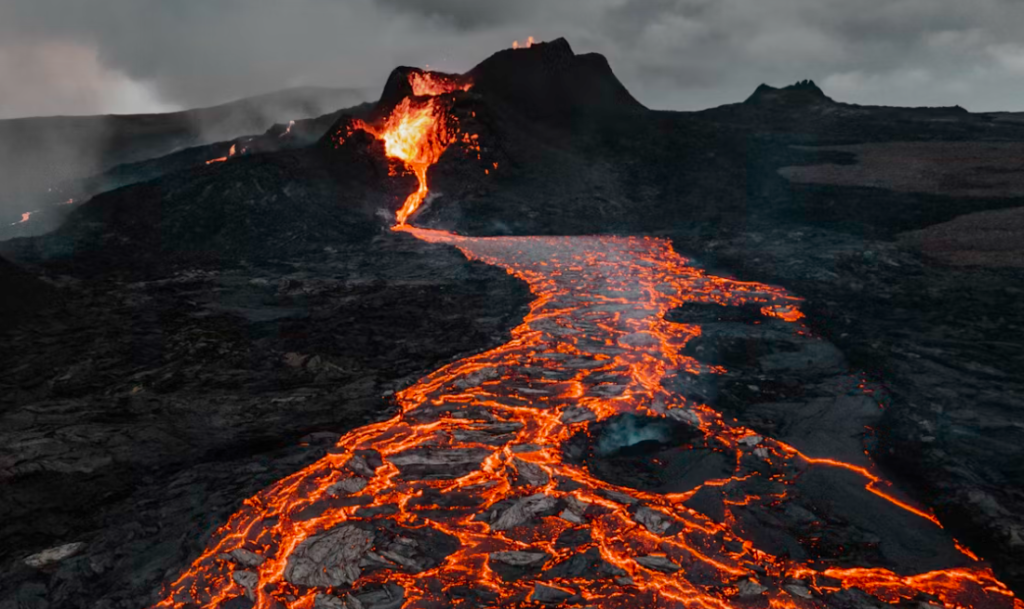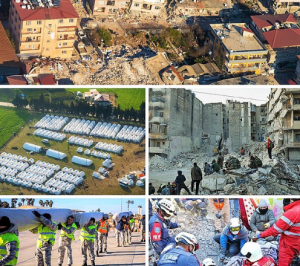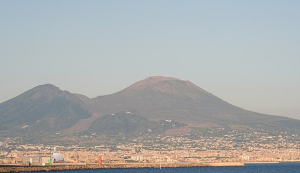
A Planet That Breathes Beneath Our Feet
Every few seconds, somewhere on Earth, the ground trembles. Most quakes barely ripple through daily life. But what if some of these quakes are whispering secrets about the very heart of our planet?
For decades, scientists thought Earth’s deepest layers—the mantle pressed against the molten outer core—were too sluggish to change on human timescales. We imagined this zone moving like cold honey, reshaping only over millions of years. A new study just flipped that assumption. Researchers found that structures 2,900 kilometers below our feet can shift within a single decade.
That’s like discovering the Himalayas could rise and fall in your lifetime—but happening in total darkness, hidden beneath rock hotter than the surface of the Sun.
A Rare Pair of Earthquakes
The story begins not with giant instruments or billion-dollar labs, but with two earthquakes in the Aleutian Islands, one in July 2000 and another in December 2009. They were nearly identical twins—what seismologists call a doublet. Same spot, similar energy.
Why does that matter? Because by comparing the seismic “fingerprints” from the same location at two points in time, scientists can cancel out local noise. If the signals differ, the change must have occurred along their path—deep within the Earth itself.
And that’s exactly what they found. Waves that passed through the lowermost mantle in 2009 arrived earlier and looked different from those in 2000. Something down there had shifted.
Shrinking Shadows at the Core’s Edge
The team’s first surprise: an ultra-low velocity zone (ULVZ)—a strange patch where seismic waves crawl like a car on a muddy road. ULVZs are thought to be partially molten rock, maybe leftovers from Earth’s earliest magma ocean.
Between 2000 and 2009, one ULVZ near the core-mantle boundary either shrunk or moved sideways by 20–40 kilometers. Imagine a blob of lava pudding under immense pressure, squishing around like jelly on a plate.

For years, models suggested such features were frozen in place. However, this observation suggests that they can morph within a decade. That’s astonishing—geologically, it’s a blink.
A Layer With Two Personalities
The second surprise came from how seismic waves bent and twisted through the D″ layer, the bottom ~300 km of the mantle. Shear waves that move up-and-down sped up at the top but slowed down near the base.
In plain terms, the layer behaved like two different fabrics stitched together—stiff at one end, loose at the other. Scientists call this anisotropy: properties that change depending on direction. The pattern suggests that flows at the top and bottom of this region are circulating in opposite directions.
Think of it like a layered river: surface water drifting east while deep currents drag west. It’s a planetary tug-of-war that no one had seen before.
Why It Matters for All of Us
At first glance, these shifts 3,000 km down may seem far removed from life in Lagos, São Paulo, or Delhi. But here’s the twist: the deep mantle is the engine of everything above.
- Volcanoes & Earthquakes: ULVZs may feed mantle plumes that drive hotspots like Hawaii. If they’re moving quickly, it could change where future eruptions appear.
- Planet’s Magnetic Shield: Flows at the core–mantle boundary affect how heat escapes from the core, which powers Earth’s magnetic field—the shield protecting us from solar storms.
- Climate & Resources: Over long timescales, mantle circulation shapes continents, ocean basins, and even the carbon cycle. A “breathing” mantle means more dynamic feedbacks than we thought.
For communities in the Global South, where earthquakes and volcanic hazards can devastate cities, understanding these hidden flows is not just academic—it’s survival.
A Global Lens
Picture a young geoscientist in Ibadan, Nigeria, trying to model how earthquakes ripple across West Africa. Or a student in Hyderabad, India, building a simulation of volcanic hotspots in the Indian Ocean. Or a researcher in Manaus, Brazil, studying how deep-Earth heat drives Amazonian river chemistry.
This discovery reshapes all their equations. It shows that Earth’s deepest machinery is not locked—it ticks and pulses on timescales we can measure. The planet’s “heartbeat” is far faster than we once assumed.
Science’s Aha! Moment
What made this possible wasn’t a new satellite or super-drill. It was patience, persistence, and a bit of luck—spotting two quakes nearly a decade apart in the same spot, then painstakingly comparing their seismic echoes.
It’s a reminder that science is often about waiting, watching, and noticing the small anomalies others miss. Out of thousands of earthquake doublets studied worldwide, only this one revealed the secret.
Let’s Explore Together
This study cracks open big questions:
- Could other ULVZs be shifting under Africa, Asia, or the Pacific right now?
- How might these deep changes ripple into earthquake patterns or volcanic hazards on the surface?
- If you were part of this research team, what experiment would you try next—satellite imaging, lab-based rock melting, or more doublet hunting?
The Earth is alive in ways we’re only beginning to grasp. The next decade of seismology may not just map the deep—it may let us watch it move in real time.
So the next time you feel the ground tremble, remember: the shake may carry whispers from 3,000 kilometers below, where our planet’s heart quietly beats.



